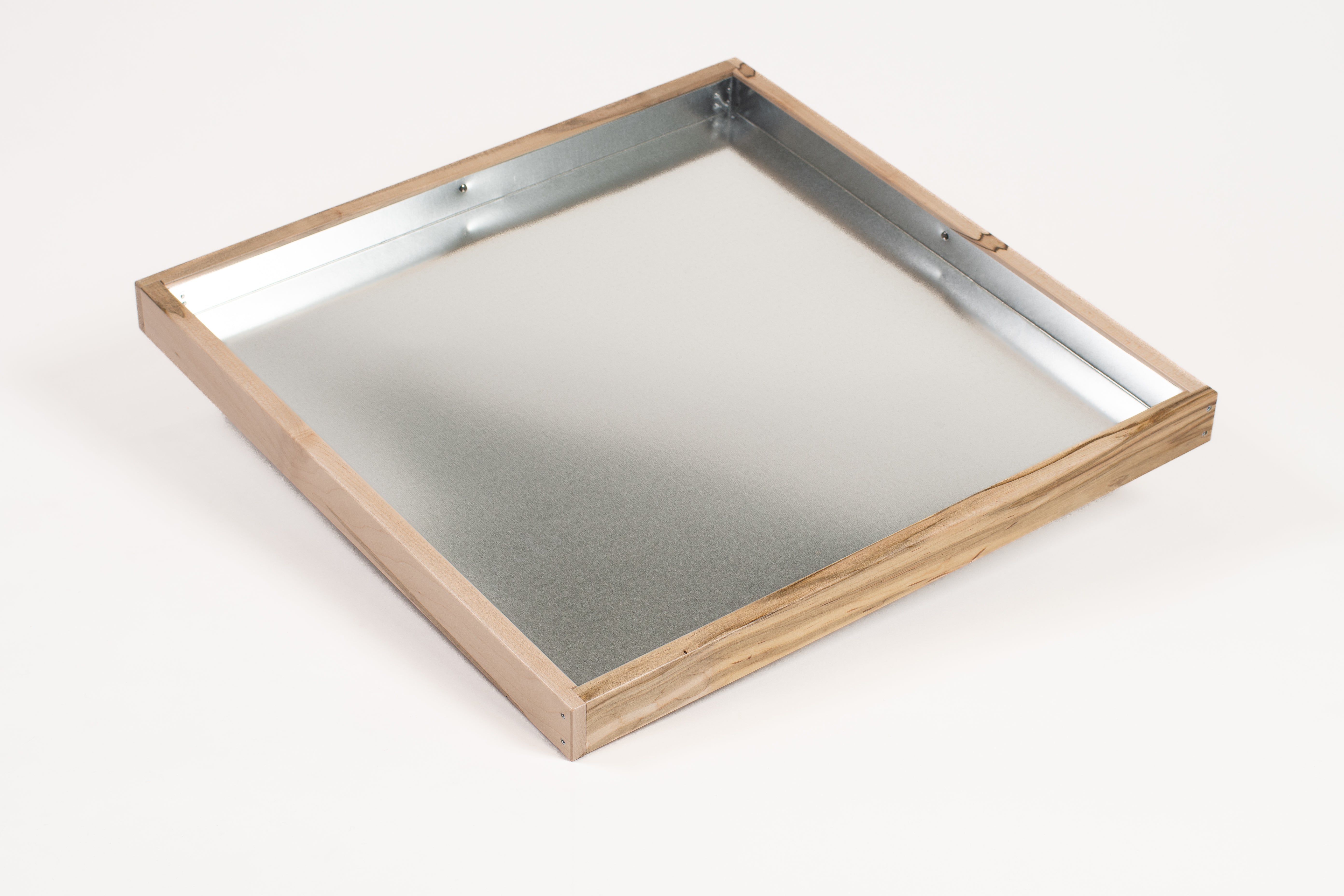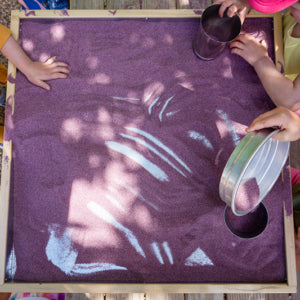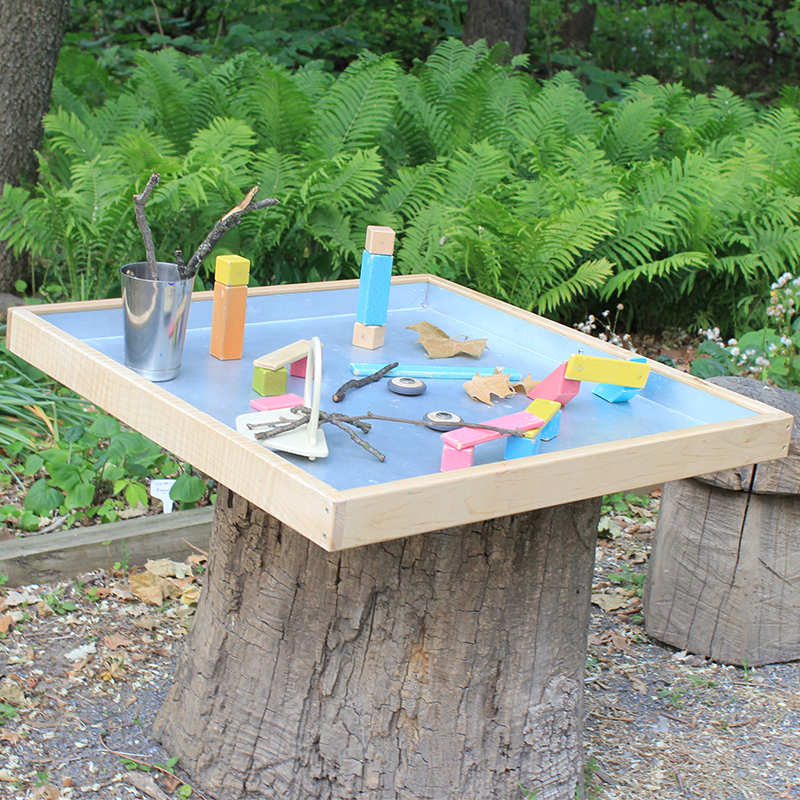


Activity Tray
$105.00
SKU: 101000
Our top selling Activity Tray features a watertight magnetic interior and beautiful wooden exterior. It’s our “go to” piece for programs looking for a portable way to offer children materials without the need for bulky furniture. Use it on a table, set it on the floor, move it indoors and out as needed!
Excellent Customer Support
Secure Payments
Description
Our Activity Tray is made of high-quality maple with a steel interior. The 24" x 24" interior tray has a slightly reflective surface. It provides visual depth to the play area and creates dynamic interaction with materials. Use as a landing area for ramps, block play, dramatic play, sensory exploration, or art creation!
Includes
Includes
- One 24" x 24" x 2" tall tray
Ideas & Concepts
From The Kodo Classroom
The Activity Tray offers practicality. A shallow tray with substantial side walls which will hold countless materials has endless uses in the classroom. From a containment tray to a science exploration surface, the magnetic interior is a teacher’s go to workspace. Ideas below.
Contained Ramp Space - A few 1 foot Discovery Ramps, wooden balls and the Activity Tray provide a controlled space with a built in ramp support and containment for the balls. Children quickly understand how to place the ramps to allow the ball to roll, hit the other side and come back. This is a wonderful way to introduce ramp play with toddlers.
Block Building - On occasion, children benefit and enjoy the challenge that comes with restrictions on their play. One challenge we use is to restrict the building space. “We are in the middle of the city and this square is the only city lot available for the construction project.” The Activity Tray provides not only the outline of this space, but also physical walls to keep them true! By focusing attention on the defined space, children have a spatial purpose and are not drawn outward from the start point of their project. They are challenged to plan ahead to stay within the space. Because the tray is ferrous children can use it with magnets or magnetic builders. Use it with Tegu Blocks!
Portable Sensory Tray - It’s sturdy but light enough to move, so use your Activity Tray whenever and wherever a sensory experience would be engaging for children. Fill with your own sensory or nature materials, add a magnifying glass or two and let the investigation unfold. Offer some metal shaker cups and other tools such as scoops for some work with filling, emptying, and transferring.
The Literal Frame for Art - Your Activity Tray lends itself beautifully to art exploration; from collage to interactive dioramas, the framed space speaks canvas. We use various colors of rice or different materials such as flax and millet and spread them in the tray using small scoops. Colored oobleck is also fascinating for children and the shallow tray with its reflective bottom adds to the experience. Simply adding fine sand creates a sensory art experience. As you run fingers or tools through the sand the reflective bottom shines through creating a dramatic visual experience.
FAQ
Q. How do I clean the Activity Tray?
The steel interior can be wiped clean with a damp cloth and little bit of soapy water. The exterior is made of wood, so it can NOT be submerged in water. Wipe the exterior surface with a clean cloth and green cleaner.
Q. How many children can use it at the same time?
Depending on their age and size, up to two children per side can access materials in the tray.
Q. Can I leave wet materials in it overnight?
With any wet sensory materials it is best to remove them each day after use. The tray is sealed to be watertight but damp and wet materials are breeding grounds for unwanted bacteria.
Q. Is it okay to leave this outside?
The Activity Tray can be taken outside for an activity but should always be stored indoors.
Complete it with these